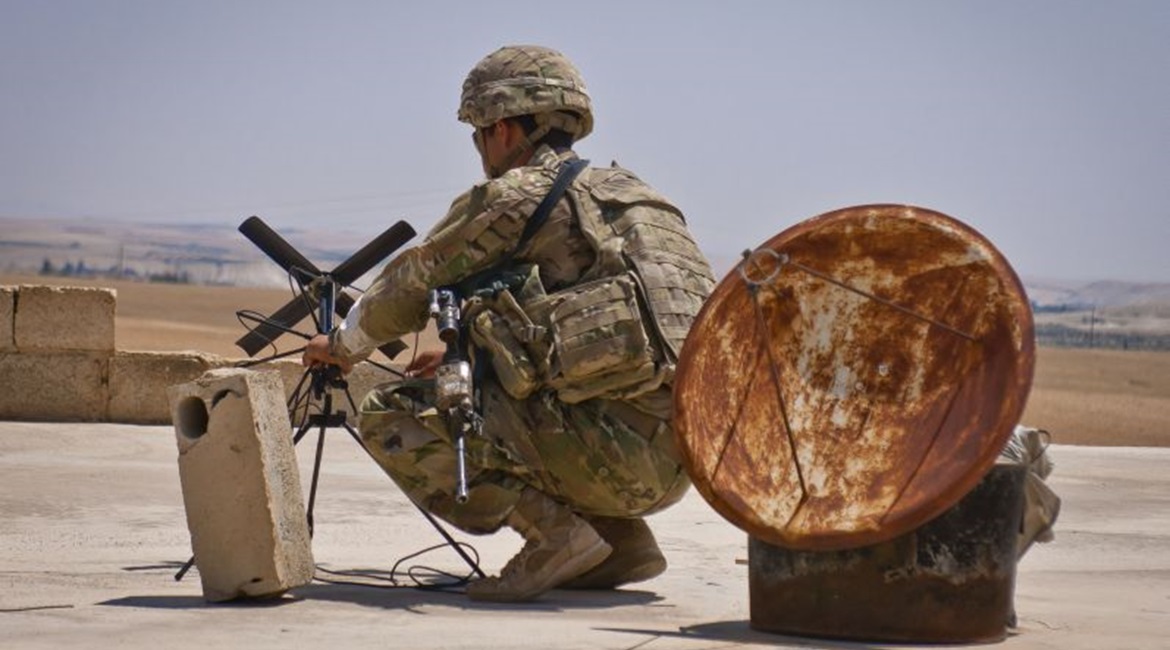
The US Army is pressing forward with plans to develop a new network of space-based tactical sensors and ground stations, as senior service brass continue talks with US Space Force (USSF) counterparts on how to divvy up space requirements and capabilities for future conflicts.
Officials from the army’s Assured Positioning, Navigation, and Timing/Space Cross-Functional Team (APNT/Space CFT) have signed off on an Abbreviated - Capability Development Document (A-CDD) for the Tactical Space Layer (TSL) programme.
The document, approved in April, “validates the need and provides the source for desired capabilities to execute rapid experimentation and prototyping efforts for tactical space-based sensors with supporting ground-based equipment”, team members said in an April statement.
The A-CCD approval “is an acknowledgement that the army relies on space for a number of things … and that has not changed, but how we use those things is changing, and the way we integrate those things is changing”, said Willie Nelson, director of the APNT/Space CFT. However, the A-CDD will only guide army-led experimentation and prototyping for the TSL programme, and “it does not suggest the army is going to go build its own constellation of satellites”, he added during a briefing in May.
As envisioned, the TSL programme will integrate current and future space-based command-and-control (C2), intelligence, surveillance, and reconnaissance (ISR) platforms and programmes into a more streamlined construct. The goal will be to shorten the transmission timeline between data collection by space-based ISR assets to delivery of targeting intelligence to air- and ground-based fires platforms.
“Access to the TSL will [also] allow soldiers to operate in anti-access/area-denied environments” while also shrinking the tactical sensor-to-shooter window, army officials said in the statement.

Looking to read the full article?
Gain unlimited access to Janes news and more...




